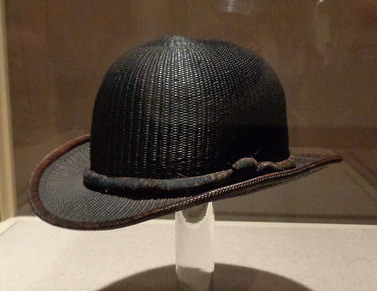Hayakawa school

The Hayakawa school was a late 19th to 20th century lineage of bamboo artists producing tea implements and other objects. The head of the school in each generation inherited the art-name Hayakawa Shôkosai.
Hayakawa Shôkosai I (1815-1897) may have been the first bamboo artist to take after new trends in painting, ceramics, and sculpture, and sign his works. He rose to prominence in 1877 when one of his works was given the Phoenix Prize in the First Domestic Industrial Exposition in Tokyo.
His eldest son (1860-1905) took on the name Hayakawa Shôkosai II and continued in his father's footsteps, but died young.
A younger son of Shôkosai I then took on the name Hayakawa Shôkosai III (1864-1922) and developed new styles in bamboo art, exploring beyond the styles of his father.
Hayakawa Shôkosai IV (1902-1975) relocated from Osaka to Kyoto and established a new Hayakawa family workshop there.
Hayakawa Shôkosai V (1932-2011) continued the family tradition, and regularly participated in annual Japanese Traditional Art & Crafts Exhibitions from 1966 onward. In 2003, he was named a Living National Treasure.
References
- Gallery labels, Metropolitan Museum.[1]